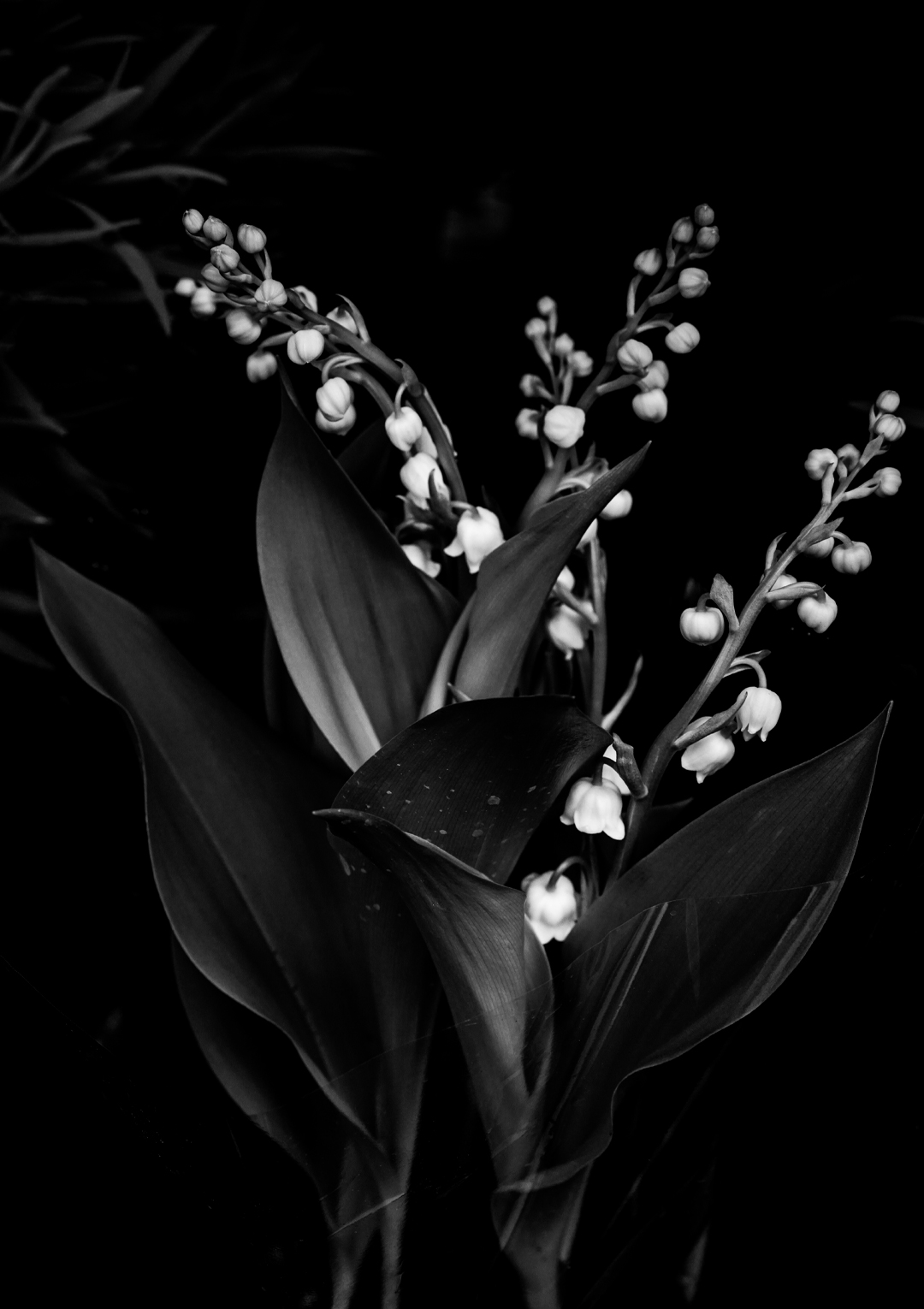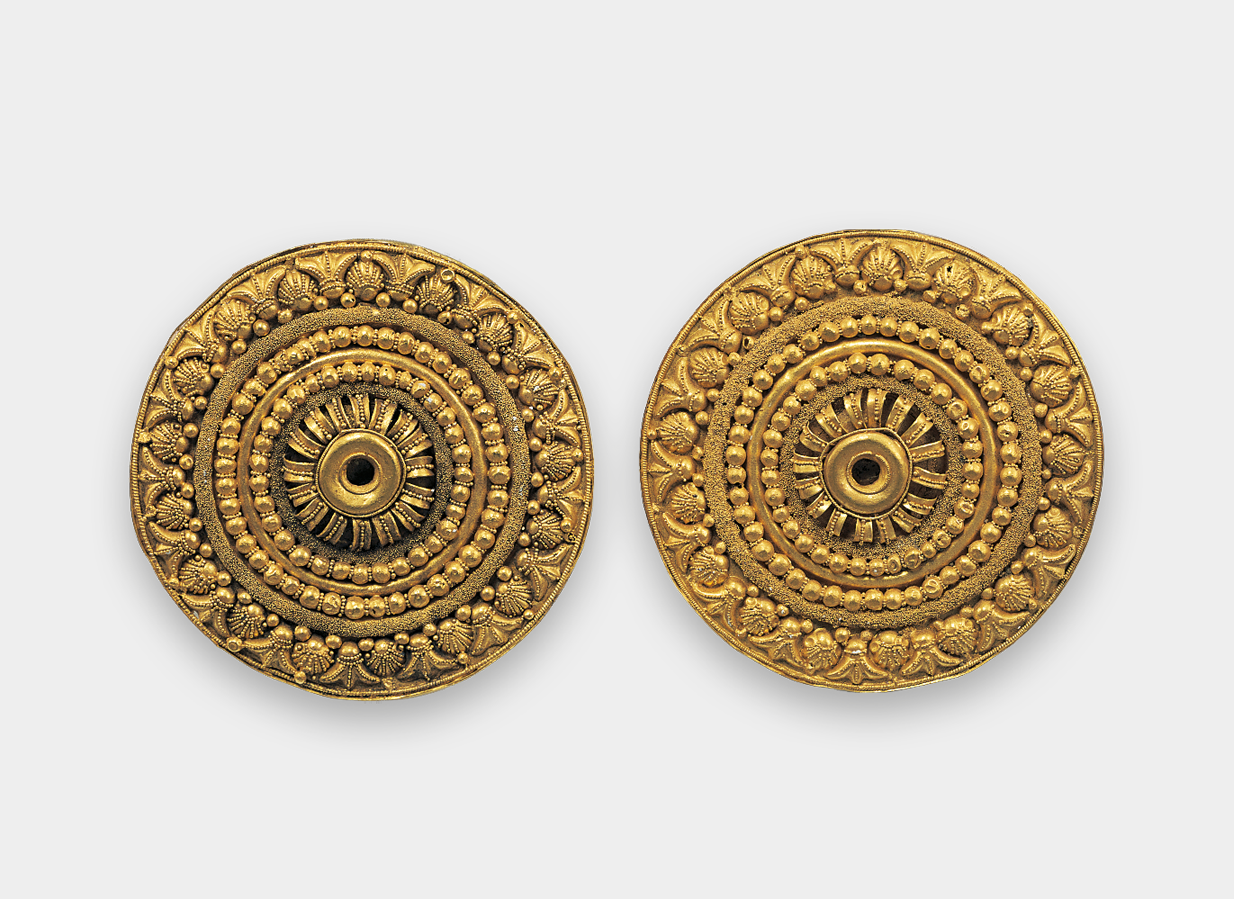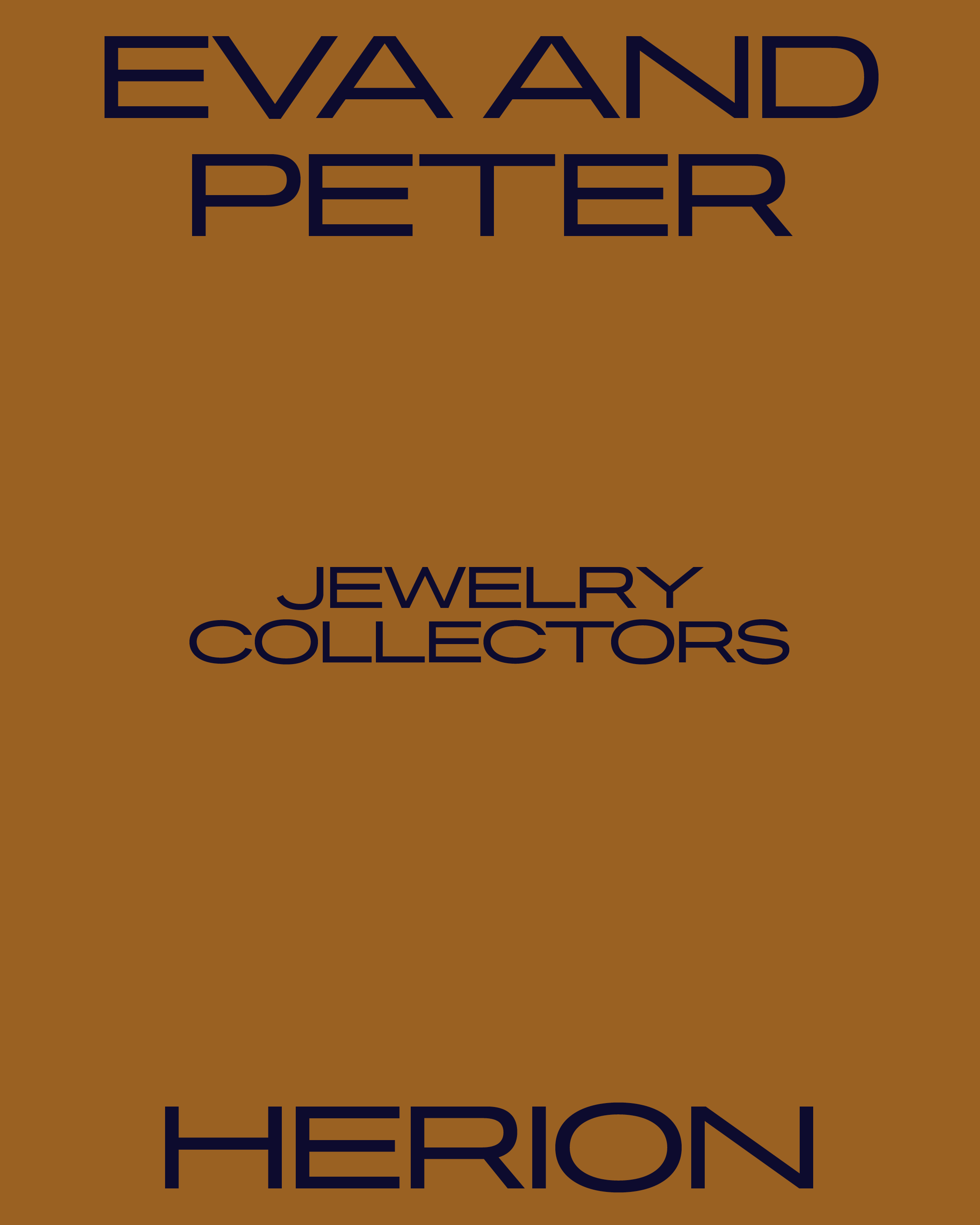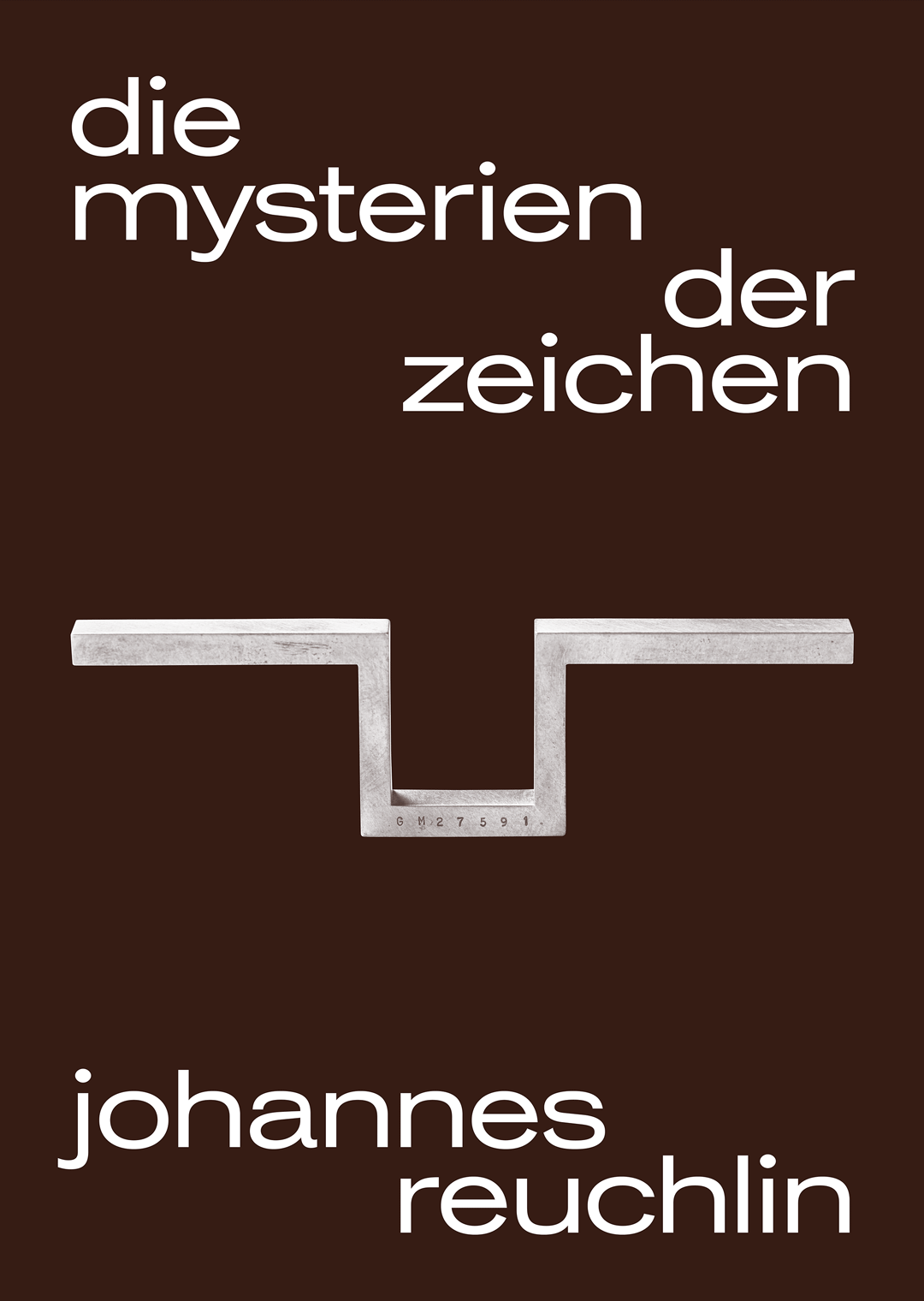So what is a fibula exactly?
As the authors of “A Dictionary of Archaeology” explain it, “Fibulae are metal and metal composite clothes pins, consisting of a bow, pin and catch, which were used throughout Europe in the 1st millennium BC. Proto-type fibulae seem to have developed in the late 2nd millennium BC, and during the 1st millennium BC these evolved into such a variety of designs that they have proved a useful adjunct to pottery as chronological indicators.”
The almost seven centimeter long clasp is captivating with its fine filigree wickerwork and two abstractly shaped horse heads leaning towards one another. The delicate wickerwork on either side reveals a plethora of patterns, and the goldsmith who made this brooch understood his craft – that much is certain.
Filigree artworks make use of the finest and most malleable gold and the gilded wires in the fibula were forged quite thin. Such painstaking work was time consuming, as the goldsmith not only had to have extreme dexterity, but an equal measure of patience because the wafer thin gold filaments could easily break or crack. There was also the added risk of lumps forming during soldering, which only complicated matters further. In any case, it resulted in a small masterpiece that now glimmers in a hanging showcase in Schmuckmuseum’s permanent collection.



